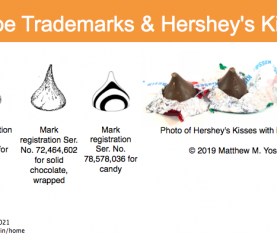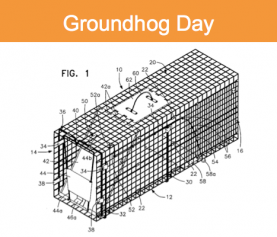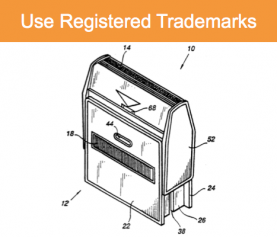Trademarks: what are they?
In the U.S., trademark rights accrue through use of the mark in commerce. But what is a trademark, or a servicemark? How are marks evaluated?
What is a mark?
A trademark identifies the source of goods (a “servicemark” does the same thing for services, and is essentially the same as a trademark). A mark can be nearly anything: a word or words, an image, a color, a scent, a taste, a sound, a shape, or a combination of those. A mark lets consumers know who is providing particular goods or services – and that is the entire goal of trademark law: to avoid consumer confusion. Doing so helps consumers to be confident of the quality of the goods (or services) they’re getting. For instance, nobody want to pay Chanel, Lamborghini, or Patagonia prices for a dollar-store brand – and with properly labeled and enforced marks, you won’t. A registered mark is indicated with the ® symbol. A trademark that isn’t registered is indicated with a superscript TM, and an unregistered servicemark is indicated with a superscript SM.
What is a common law trademark?
You don’t need to register a mark with the U.S. Patent and Trademark Office (USPTO) to build trademark rights in it – you only have to use the mark. Doing so gives you common-law trademark rights. But, common law trademark rights are limited to your actual use of the mark: where and how you’re using it. Another company (or more than one) could use the identical mark in another part of the country, leading to confusion and conflict if both companies expand. There are many benefits to registering a mark – click here for my post on trademark registration benefits.
What is the strength of a mark?
A mark can be “generic” (meaning a term that is understood as the name for a type of goods or services), “descriptive” (meaning it describes the goods or services or a characteristic of them), “suggestive” (meaning it hints at the type of the goods or services, or a characteristic of them, without describing them), “arbitrary” (meaning the mark is unrelated to the goods or services), or “fanciful” (meaning the mark is a made-up symbol or word). A generic mark is a very weak mark and should be avoided. A descriptive mark is not as useful as a “distinctive” mark, meaning one which is suggestive, arbitrary, or fanciful. As you can imagine, these categories often lead to a tug-of-war between marketing professionals and trademark attorneys, with the attorneys pushing for clients to choose “distinctive” marks, and the marketers pushing for marks that will be easier for consumers to associate with the goods or services.
The strength of a mark refers to how distinctive or descriptive it is. Stronger marks are more easily defended, though they can take more effort to have consumers associate them with your product or service.
How should trademarks be used, and defended?
A trademark is for branding, to identify you or your company as the source of goods or services. Trademarks exist to let consumers know who is making or selling something. You should use trademarks to build consumer awareness of your products or services, to grow and protect your brand. Wondering who thinks trademarks are important? Take a look at my post on celebrities registering trademarks.
Trademarks are for branding
And, you should rigorously monitor others’ uses of similar or identical marks for infringement, that is, using a mark that is too close to yours. Or, hire an attorney to monitor confusingly similar trademark registration applications.
Have questions?
Are you thinking about the state of your trademarks, or considering registering them? Do you have other questions? TCall me at 617-340-9295 or email me at my Contact Me page. Or, find me on Twitter, Facebook, Google+, LinkedIn, Google Local, or Avvo.







[…] Matthew. (2015, 07 23). TRADEMARKS: WHAT ARE THEY? Retrieved 2016, from https://www.yospinlaw.com: https://www.yospinlaw.com/2015/07/23/trademarks-what-are-they/ […]
[…] the U.S., trademark rights are built through use, not by registration. If you don’t register your mark, you will have […]